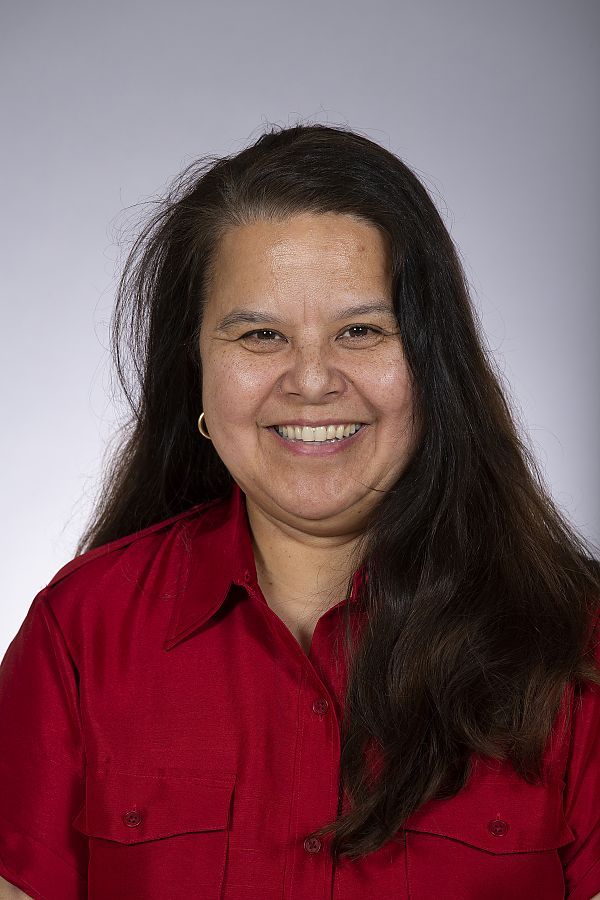AMES, Iowa — A partnership with the city of Ames is giving Iowa State University students an opportunity to propose the redesign of an area of the city with the goals of reducing nutrient runoff and improving recreation.

Caroline Westort
An ISU College of Design interdisciplinary studio, “Farmscape,” led by Caroline Westort, associate professor of landscape architecture, is collaborating with the city of Ames on a project to design possibilities for a 70-acre parcel west of Veenker Golf Course and Moore Memorial Park and alongside Ioway Creek. This is the last year that a portion of the land will be leased to and farmed by Iowa State.
This is the fifth time that Westort has taught an agricultural design studio. Integrating community outreach for her students harks back to her 2016 studio in Newton, where her students collaborated with the city on designing possibilities for the 7 million-square-foot former Maytag headquarters. The students’ work was not an abstract idea; city and community leaders worked with students’ ideas to turn the abandoned buildings and land into a new Des Moines Area Community College campus and community space, with a pedestrian corridor connecting historic downtown Newton.
“This kind of collaboration offers community members perhaps more options than they would have considered otherwise,” Westort said. “Our skill set as landscape architects includes robust visualization, which communities may not realize the value of until they see it.
“You can feel like you’re working hypothetically too often in academia, so for students to realize that their project work could create real change is very motivating.”
Ideas for the Ames land so far include community gardens, a microbrewery, food forest, soy and corn farming, livestock, a healthy living and demonstration center and more.
For years, the city of Ames has considered constructing a bridge over Ioway Creek that would tie this parcel to the park and connect the trail system, says Keith Abraham, city parks and recreation director. They also saw an opportunity to reduce nutrient runoff.
That goal is particularly relevant to the Iowa Nutrient Reduction Strategy – an effort to reduce nutrients in Iowa waterways and ultimately the Gulf of Mexico – and a newly established program of the Iowa Department of Natural Resources (IDNR) that focuses on water quality credit trading through the Nutrient Reduction Exchange. Ames is the fourth city in the state to sign a memorandum of understanding with the IDNR to actively participate in the exchange.
“There are some components we will see from the studio that we can, and I’m guessing probably will, take and include in our plan,” Abraham said.
Students and city officials are working toward several goals within this portion of the South Skunk River Watershed, including erosion reduction, ecosystem and habitat restoration, increasing flora and fauna, flood risk mitigation and water quality benefits – in addition to recreational opportunities such as walking and biking trails.
“Nutrient reduction best management practices in the watershed can have an impact at a larger scale,” said Ashley Geesman, environmental engineer for the city of Ames. “We want to direct our funding where it will be most impactful.”
Westort is an expert in parametric modeling: a process of digitally designing elements that can then be iteratively adjusted and customized in the site to determine best uses.
She has tasked her students with designing a demonstration farm on the site using climate change mitigation best management practices, focusing on water quality, soil health, biodiversity, pollination, habitat and more. This challenge is relevant today as Westort says there is high demand for landscape design in agriculture as clients seek a balance of productivity with environmental health, beauty, multi-use and integration with existing infrastructure.
Their hypothetical client this spring, the city of Ames, is looking for those same elements in this project.
“To have an active, interested and engaged potential ‘client’ is very motivating for students,” Westort said.